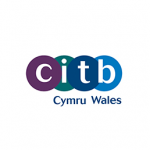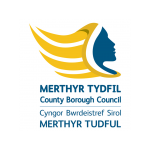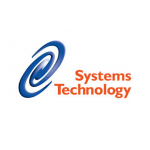Define, Consolidate, Transform:
Digital Baseline
Is your organisation able to plan and deploy its digital technology effectively? Understanding your starting point is the foundation for your digital growth.

Start at the beginning...
Establish your digital baseline: our comprehensive review tool ensures complete coverage and evaluation of your business through a people first approach.
Our 7 step process can take you from evaluation to implementation, capturing every aspect of an effective digital strategy.

Start at the beginning...
Establish your digital baseline: our comprehensive review tool ensures complete coverage and evaluation of your business through a people first approach.
Our 7 step process can take you from evaluation to implementation, capturing every aspect of an effective digital strategy.
Our Digital Change Review focuses on 3 core strands: Change Readiness, Capability & Capacity, and Infrastructure. Each strand contains areas of inquiry related to all aspects of your digital ecosystem.
Together, the information gathered through each strand provides you with a clear picture of your current ‘as is’ and will highlight your digital priorities.

Change Readiness
How digital technology supports the organisation’ strategic priorities
How management is driving forward the digital agenda
The governance arrangements in place to deliver digital priorities successfully
The way in which the organisation handles all its information, in particular the sensitive and personal information relating to its customers/clients and employees
The ability of the organisation to ensure its operations and core organisation functions are not severely impacted by a disaster or unplanned incident
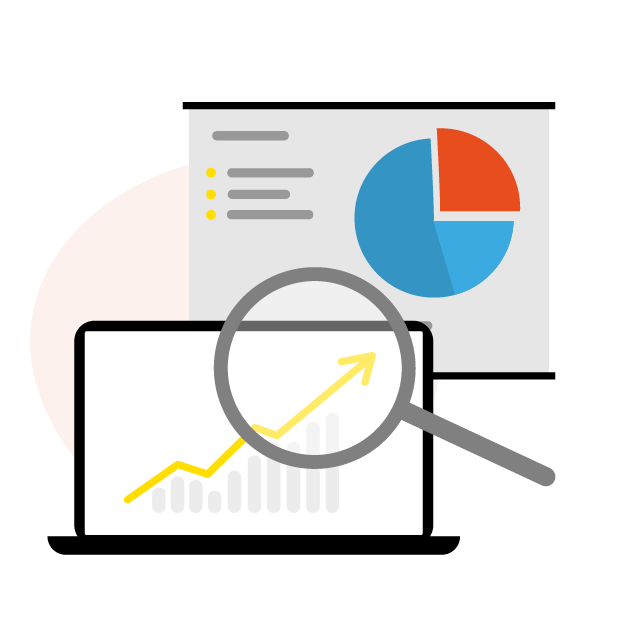
Capability & Capacity
How effective is communication inside and outside the organisation in relation to employees, customers/clients and other stakeholders.
How organisation intelligence is collated and used to optimise and improve operations
How the organisation uses digital technologies to enable collaboration, e.g. real-time co-authoring of documents, and build digital communities, e.g. FB Workplace
How the organisation uses hardware and software to enable the digitisation and automation of iterative workflows
How the organisation is able to utilise digital technology to enable users to work ‘anytime, anywhere’, i.e. access the applications, systems, data, etc. required without being constrained to normal organisation accommodation or operating hours (where appropriate)
How the organisation improves and increases the capabilities of employees through access to education and training opportunities in the workplace
Considers the impact of technologies and digital services on employee mental, physical and emotional health.
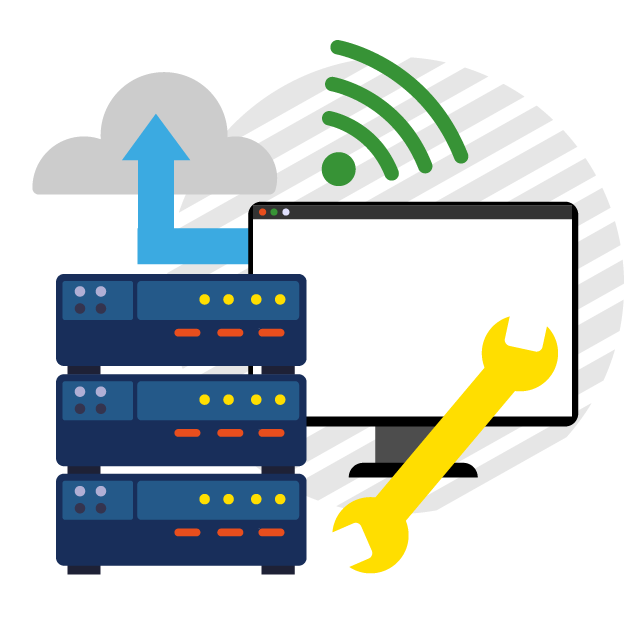
Infrastructure
How the organisation has provisioned its broadband connection(s), its physical network (internal data cabling, data switches, etc.) and its logical network (data routing traffic flows) to ensure it is as resilient and redundant (i.e. having extra or duplicate resources available) as possible and how it is protected from breaches, intrusions and other threats.
How the organisation has designed the mapping out of mission-critical applications, how different applications are connected to each other, how they can be accessed by various devices and users and how they are currently performing in terms of efficiency and availability. The applications can range from discrete / stand-alone, web-enabled or cloud-based.
What policies, tools and procedures the organisation has to enable the recovery or continuation of vital technology infrastructure and systems following a natural or human-induced disaster. It focuses on the IT or technology systems supporting critical organisation functions.
How and what the organisation uses to manage end user devices and associated software applications and systems.
Latest Projects & Announcements

Project Spotlight: Net Zero
Challenge Welsh Government has a strong focus on the Net
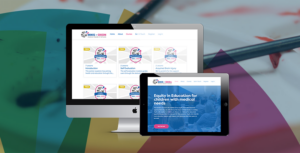
Project Spotlight: Medical Needs in Schools
Challenge Oxfordshire Hospital School had a bold ambition – to

FREE Microsoft Copilot AI Workshop
The workshop will cover Copilot AI, which is a new









